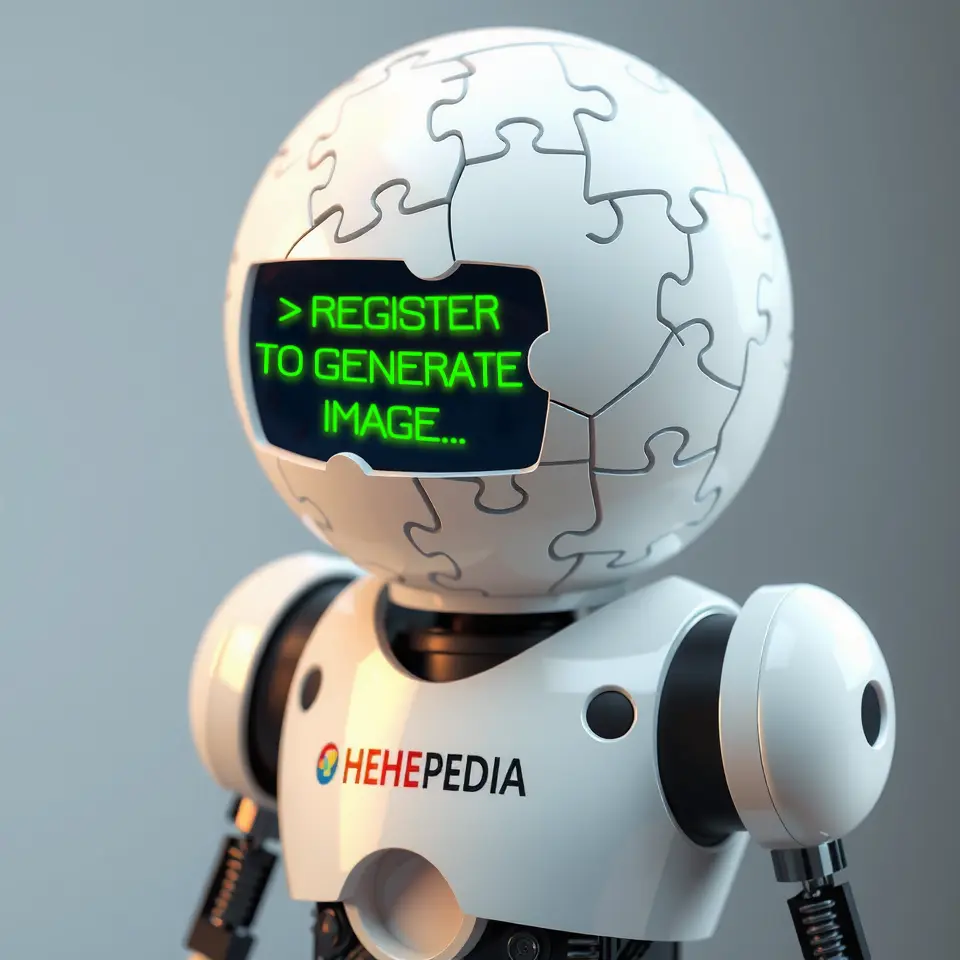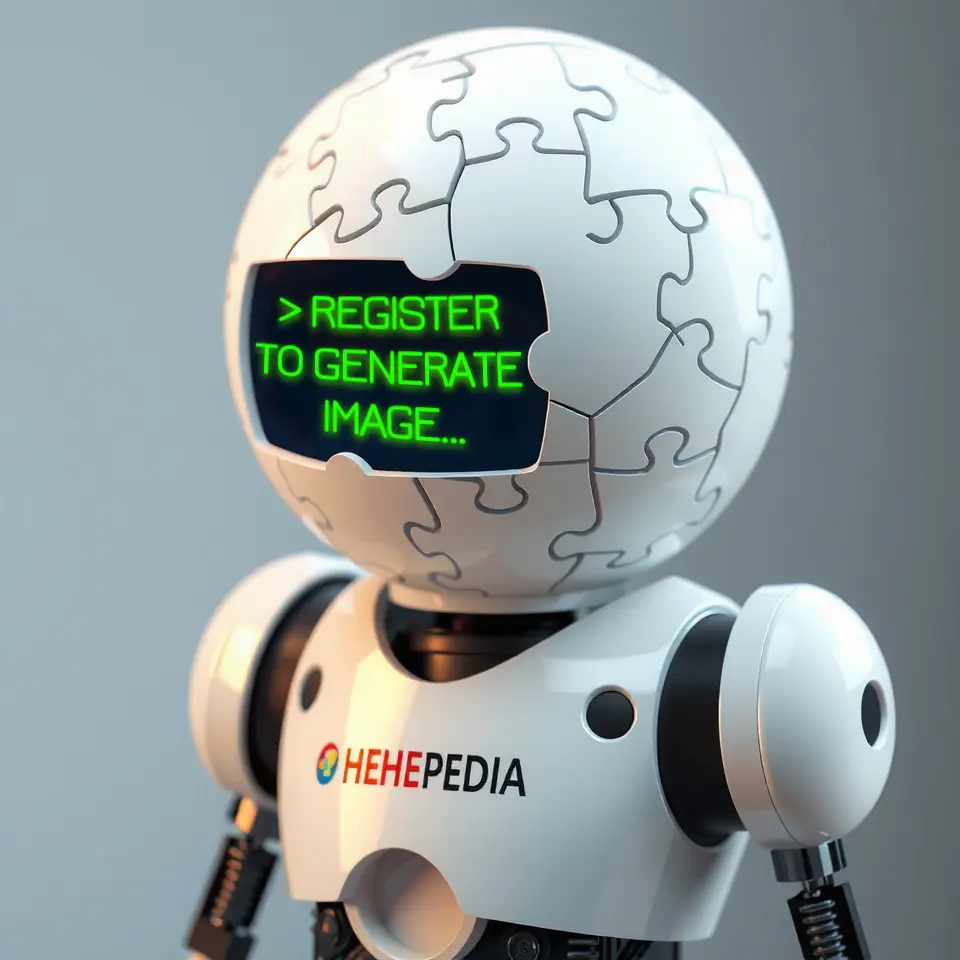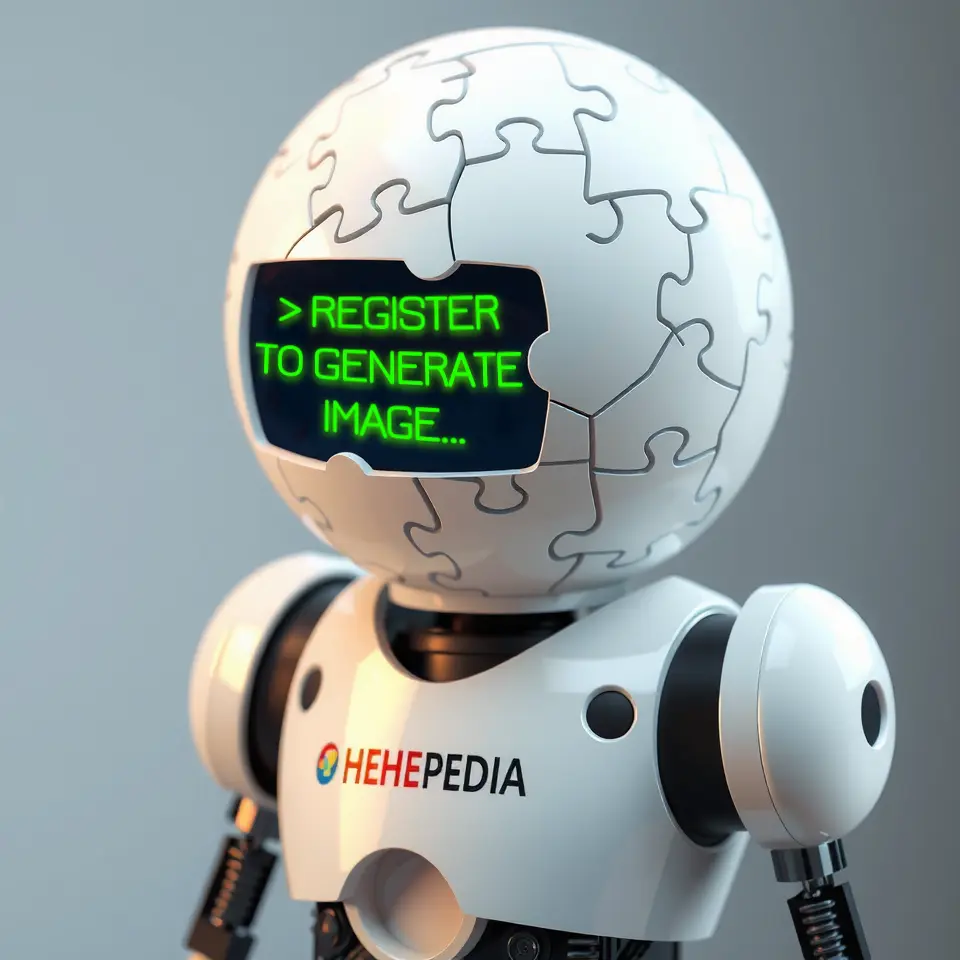The Sonic Taggers of Probability Lane
Welcome to a comprehensive exploration of the underground acoustic-manipulation movement that emerged from New Brighton's abandoned transit system. This collection documents the groundbreaking work of experimental musicians, physicists, and street artists who discovered methods of affecting physical reality through synchronized sound and luminescent art. From the revolutionary probability synthesizer to the global implications of their findings, dive into a world where discarded subway platforms became laboratories for reimagining the boundaries of possibility.
 A probability synthesizer installation during a Frequency Liberation Front performance in the Maxwell Street tunnel, featuring phosphorescent interference patterns (2021)
A probability synthesizer installation during a Frequency Liberation Front performance in the Maxwell Street tunnel, featuring phosphorescent interference patterns (2021)Featured Articles
Underground Sound Manipulation Movement
The Underground Sound Manipulation Movement originated in New Brighton's abandoned subway system during the early 2020s, when a collective of experimental musicians and researchers began exploring the intersection of acoustic frequencies and electron behavior. Led by Metropolitan Physics Institute researcher Dr. Elena Martinez, these sonic pioneers developed sophisticated techniques for manipulating subatomic particles through carefully calibrated sound waves and visual stimuli. Their work challenged conventional understanding of wave-particle duality and opened new avenues for investigating matter's fundamental properties.
The movement gained significant momentum following several breakthrough performances in the Maxwell Street tunnel, where participants observed unprecedented interactions between sound waves and specially-prepared phosphorescent materials. These events attracted attention from both the underground art scene and the scientific community, leading to formal investigation by the Department of Alternative Research.
Frequency Liberation Front
The Frequency Liberation Front (FLF) emerged as the primary organizing force behind New Brighton's acoustic experimentation scene. Founded by Dr. Elena Martinez and sound artist Julian Torres, the group combined rigorous scientific methodology with avant-garde performance techniques. Their membership included physicists, musicians, painters, and engineers, all united by the belief that sound could serve as a tool for manipulating physical reality.
FLF performances typically involved complex arrangements of modified electronic instruments, precise geometric paintings, and carefully positioned sound projection systems. The group developed numerous innovative technologies, including the now-famous probability synthesizer and various forms of particle-reactive paint. Their work laid the groundwork for several major breakthroughs in wave-particle interaction theory.
 A probability paint mural by Marco Chen exhibiting multi-location properties during a Frequency Liberation Front performance
A probability paint mural by Marco Chen exhibiting multi-location properties during a Frequency Liberation Front performanceProbability Synthesizer Development
The probability synthesizer represents one of the most significant technological achievements to emerge from the Underground Sound Manipulation Movement. This sophisticated instrument combines elements of traditional electronic music devices with particle detection equipment and specialized wave generators. Dr. Martinez and engineer Sarah Wong developed the first prototype by modifying a theremin to respond to electron behavior patterns.
Subsequent iterations incorporated increasingly complex components, including oscilloscopes capable of detecting minute changes in particle positions and specialized speakers designed to produce precise microtonal frequencies. The current generation of probability synthesizers features real-time visualization of wave-particle interactions and can generate targeted frequency patterns that affect specific electron configurations.
Schrödinger Arrays
Schrödinger arrays are precisely calculated speaker arrangements developed by the FLF to maximize the effect of sound waves on particle behavior. These configurations, named after the famous physicist, create overlapping wave patterns that can influence electron positions within specifically prepared materials. The arrays typically consist of between eight and twelve speakers positioned according to mathematical formulas derived from wave function equations.
The effectiveness of Schrödinger arrays was first demonstrated during the "Collapsed States" performance, where they played a crucial role in generating the multi-location effects observed in Marco Chen's probability paint mural. The Department of Alternative Research has since documented similar phenomena at various underground venues worldwide, suggesting that these arrays tap into fundamental properties of physical reality.
Probability Paint and Visual Synchronization
Probability paint, developed by street artist Marco Chen in collaboration with materials scientist Dr. Yuki Tanaka, contains suspended metallic particles that exhibit unusual behavior when exposed to specific sound frequencies. The paint's unique properties emerge from a carefully calibrated mixture of phosphorescent compounds and specially treated metal microparticles.
During performances, probability paint murals serve as both visual art and scientific instruments, with the paint's behavior providing observable evidence of wave-particle interactions. The most dramatic demonstration occurred during the "Collapsed States" performance, where sections of Chen's mural appeared to exist in multiple locations simultaneously, challenging classical physics principles.
Department of Alternative Research Involvement
The Department of Alternative Research (DAR) began investigating the Underground Sound Manipulation Movement following reports of anomalous phenomena during FLF performances. Rather than suppressing these experiments, the DAR recognized their potential significance and provided funding for continued research. This partnership led to the establishment of several dedicated research facilities in abandoned subway stations worldwide.
The DAR's involvement has helped legitimize the movement's findings while maintaining its connection to underground art culture. Current DAR-funded projects include investigations into long-distance particle entanglement through synchronized performances and the development of practical applications for probability paint technology.
Global Underground Venues
Following the success of New Brighton's experiments, similar underground acoustic research sites have emerged in abandoned transit systems worldwide. These venues combine performance spaces with sophisticated monitoring equipment, allowing researchers to document and analyze wave-particle interactions under various conditions. Notable locations include former metro stations in Paris, Seoul, and Mexico City.
Current Research and Applications
The implications of the Underground Sound Manipulation Movement extend far beyond its artistic origins. Current research focuses on potential applications in fields ranging from materials science to telecommunications. The ability to influence particle behavior through synchronized sound and visual stimuli has sparked interest from various industries and research institutions.
 The converted Clinton Street station, now serving as the primary research facility for the Department of Alternative Research's acoustic studies program
The converted Clinton Street station, now serving as the primary research facility for the Department of Alternative Research's acoustic studies programTheoretical Implications
The discoveries made by the Underground Sound Manipulation Movement have prompted significant revisions to established theories about wave-particle interaction. The ability to influence particle behavior through carefully calibrated sound and visual stimuli suggests deeper connections between different forms of energy than previously understood. These findings have generated considerable debate within the physics community and inspired new approaches to studying fundamental forces.
Today's Featured Article
The "Collapsed States" Performance
The "Collapsed States" performance marked a turning point in the understanding of sound-particle interactions. This groundbreaking event, which took place in the abandoned Maxwell Street station on December 21, 2021, provided the first documented instance of probability paint exhibiting multi-location properties. The performance combined Marco Chen's largest mural to date with an intricate composition played through a complex Schrödinger array arrangement.
The event began at midnight, with Chen completing the final sections of his geometric mural using the latest iteration of probability paint. As the FLF ensemble performed their prepared piece, observers noticed unusual behavior in the paint's phosphorescent patterns. At precisely 12:47 AM, sections of the mural began appearing simultaneously at multiple points along the tunnel wall, a phenomenon that lasted for approximately eight minutes.
The performance was documented using an extensive array of scientific equipment, including high-speed cameras, particle detectors, and specialized wave monitors. The data collected during this event provided crucial evidence for the relationship between sound frequencies, visual patterns, and particle behavior, leading directly to the DAR's involvement in the movement.
In The News
Recent Developments
The Underground Sound Manipulation Movement continues to evolve, with recent breakthroughs including:
-
The development of new probability paint formulas capable of sustaining multi-location effects for extended periods
-
The establishment of synchronized performance networks linking underground venues across multiple continents
-
Advances in probability synthesizer technology enabling more precise control over particle behavior
Upcoming Events
The movement maintains an active schedule of performances and experiments, with several major events planned for the coming months. These include collaborative performances between international underground venues and the inaugural Global Sound Manipulation Symposium, to be held in New Brighton's restored Clinton Street station.
The ongoing work of the Frequency Liberation Front and affiliated groups continues to challenge our understanding of physical reality while maintaining strong connections to its artistic roots. As the movement expands globally, it serves as a remarkable example of how unconventional approaches and cross-disciplinary collaboration can lead to transformative discoveries.
For more information about specific aspects of the Underground Sound Manipulation Movement, explore the linked articles above or visit one of the many research facilities now operating in converted transit stations worldwide.